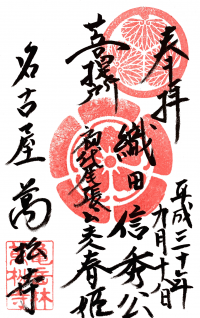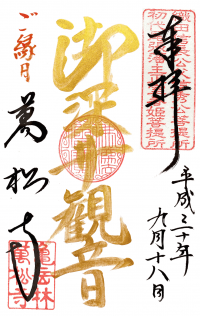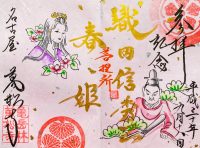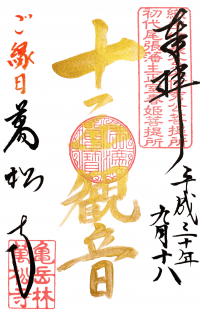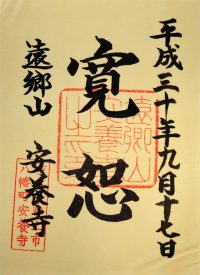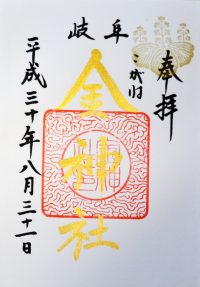Enshuu Shigisan Betsuin (Hamamatsu)
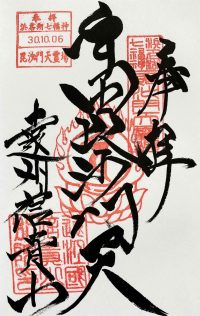
Enshuu Shigisan Betsuin 遠州信貴山別院 Hamamatsu (浜松市) October 6, 2018 About Enshuu Shigisan Betsuin Shigisan is the oldest temple in Japan devoted to Bishamonten. Bishamonten is the heavenly king of the north and one of the seven lucky gods. He is a god of war and is often prayed to for victory. As a lucky god, he’s assiocated with bringing safety to the home and prosperity to businesses. This temple is one of its branch locations. So in addition to being a good mini sightseeing trip, it was an appropriate place to go before a martial arts competition. My Visit I…






